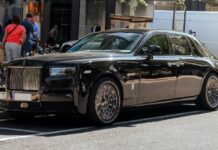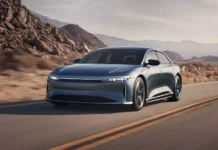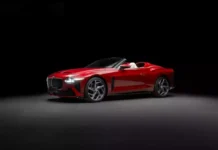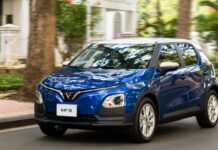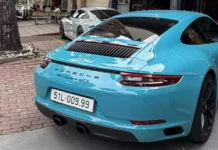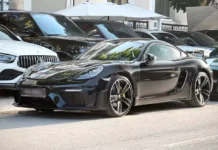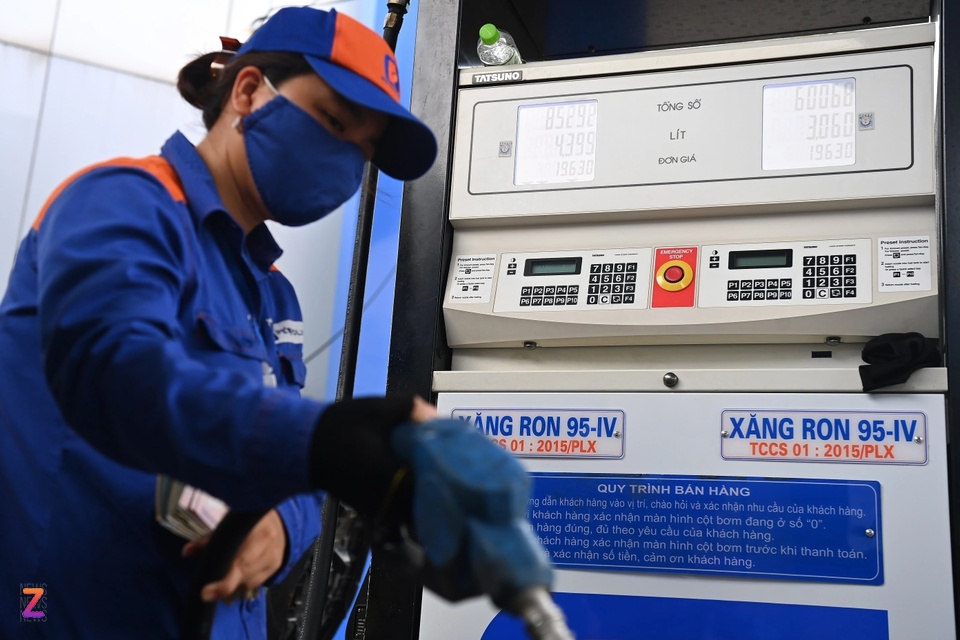
|
As of late July, several gas stations in Ho Chi Minh City and Hanoi have piloted the use of E10 biofuel, gearing up for the official adoption of this fuel type starting in 2026. What sets E10 biofuel apart from its conventional counterparts?
Biofuel for Reduced Emissions
E10 RON 95 fuel is a blend of two primary components: non-oxygenated 95-octane gasoline and anhydrous ethanol. RON 95 gasoline is an unleaded fuel with a 95 octane rating and a low sulfur content. Anhydrous ethanol, also known as bioethanol, accounts for 10% of the mixture and is derived from biomass feedstocks such as sugarcane and cassava.
This specific blend of ethanol and gasoline in E10 fuel leads to reduced emissions of CO, HC, and NOx compared to traditional gasoline types like RON 95-V and RON 95-III.
Prior to this, a research collaboration between Hanoi University of Science and Technology and Toyota Vietnam yielded encouraging results from lab experiments. Tests conducted on the SUV models Corolla Cross 1.8V and its hybrid counterpart, 1.8HEV, demonstrated a significant reduction in emissions when using E10 fuel. Specifically, there was a 10.87% decrease in CO and a 14.95% reduction in HC emissions for the conventional SUV, with similar improvements of 7.14% and 8.7% for the hybrid version.
|
|
|
E10 fuel significantly reduces CO, HC, and NOx emissions compared to current gasoline types (based on Toyota’s experiments). Image: Quỳnh Danh. |
According to Associate Professor Dr. Đàm Hoàng Phúc, the project leader, who shared insights at the seminar “Green Solutions for Emission Reduction in the Automotive Industry towards Carbon Neutrality,” E10 fuel meets the Euro 5 emission standards and is compatible with current vehicles in Vietnam.
E10 fuel is a step towards sustainable development and contributes to Vietnam’s goal of achieving a circular economy and carbon neutrality by 2050. With its higher ethanol content, E10 has a higher hygroscopic capacity and can corrode rubber gaskets in older car models. By adopting this fuel type, Vietnam’s transportation sector can also phase out outdated vehicles that are no longer compatible with modern fuel standards.
While E10 fuel may cause a slight decrease in engine performance in high-performance vehicles that require premium gasoline, it is well-suited for newer vehicles with higher emission standards, offering optimal performance, fuel efficiency, and reduced emissions.
The Global Landscape of Gasoline
E10 biofuel is not a novel concept globally. Many countries have already embraced biofuels with higher ethanol concentrations, such as E15, E27, and E85. Thailand, for instance, introduced diverse biofuel options in 2020, and currently offers two main types: E10 and E20. All newly launched internal combustion engine vehicles in the country are compatible with these two fuel types. Thailand also has E85 fuel, but it is specifically designed for Flex Fuel vehicles, which can run on multiple fuel types.
In India, the government mandated the use of E10 fuel nationwide in 2022 and is planning to transition to E20 fuel this year. Brazil is a pioneer and leader in the widespread adoption of bioethanol-blended gasoline. Most gas stations in this South American country offer E27 fuel, containing less than 27% ethanol. For Flex Fuel vehicles, Brazil provides a range of ethanol-blended fuel options from E20 to E100.
|
|
|
E10 fuel has gained popularity in various countries, including Brazil, India, the EU, and Thailand. Image: Reuters. |
In the United States, over 95% of the gasoline consumed annually is E10 fuel. Since 2011, there have been efforts to introduce E15 fuel more broadly, but infrastructure distribution challenges remain.
Recommended Reads for Your Journey
Our Automotive section brings you a selection of captivating books with diverse themes. During those moments of rest and relaxation on your journeys, let these books be your faithful companions.


